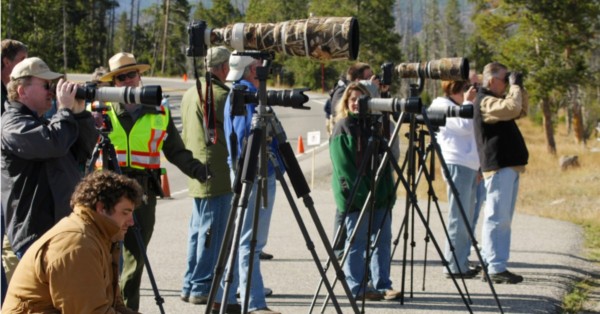
8 Good Reasons Not to “Get Just a Little Closer” for That Picture
Visiting one of our National Parks can be a thrilling experience, especially if you are lucky enough to see some majestic wildlife. However, animals injure visitors every year, usually because people venture too close in search of that perfect picture. Here’s what to look out for in order to avoid being one of those people.
Not Quite a Teddy Bear
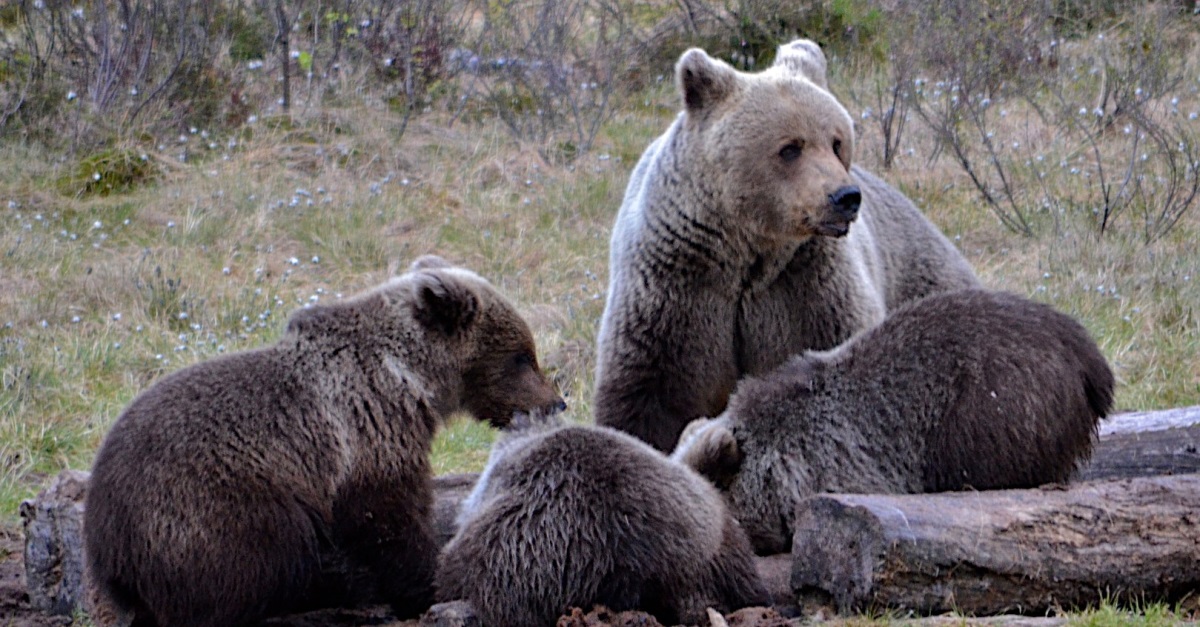
Most bears prefer to avoid people. However, both black and grizzly bears sometimes injure and even kill people, particularly if they are startled or feel trapped by humans. Mother bears with cubs are particularly dangerous.
Less-Than-Gentle Giants
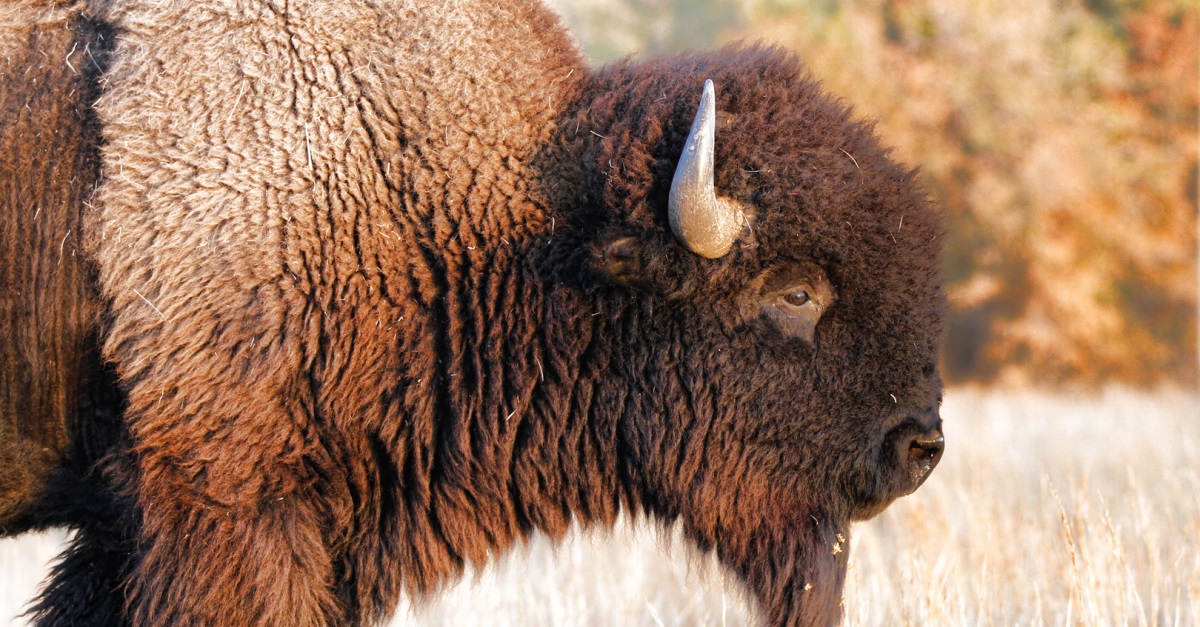
Bison are one of the most iconic symbols of the American West, which may lure some people into a false sense of security. However, they’re one of the most dangerous animals in Yellowstone National Park. Stay at least 25 yards away from any large animal you see.
Stay Away From Those Antlers
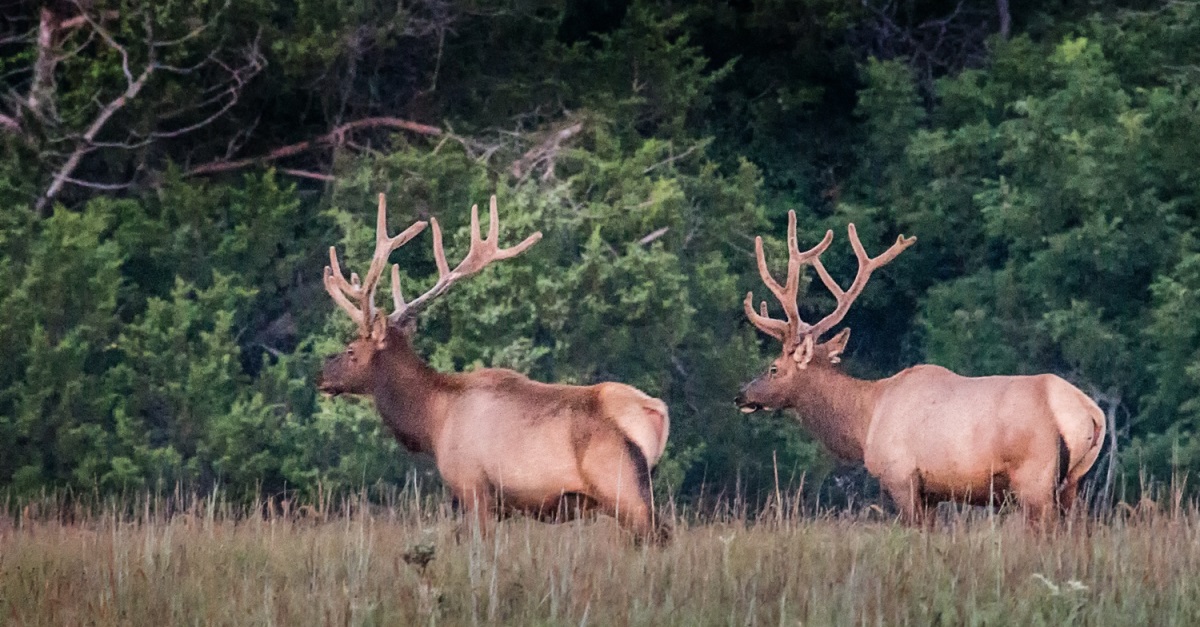
Deer, moose, and elk are common sights in many areas, and most of the time the biggest worry is accidentally hitting one with your car. However, they have sharp antlers and strong hooves that they will use to defend both their territory and their young if they feel threatened.
Hidden Dangers
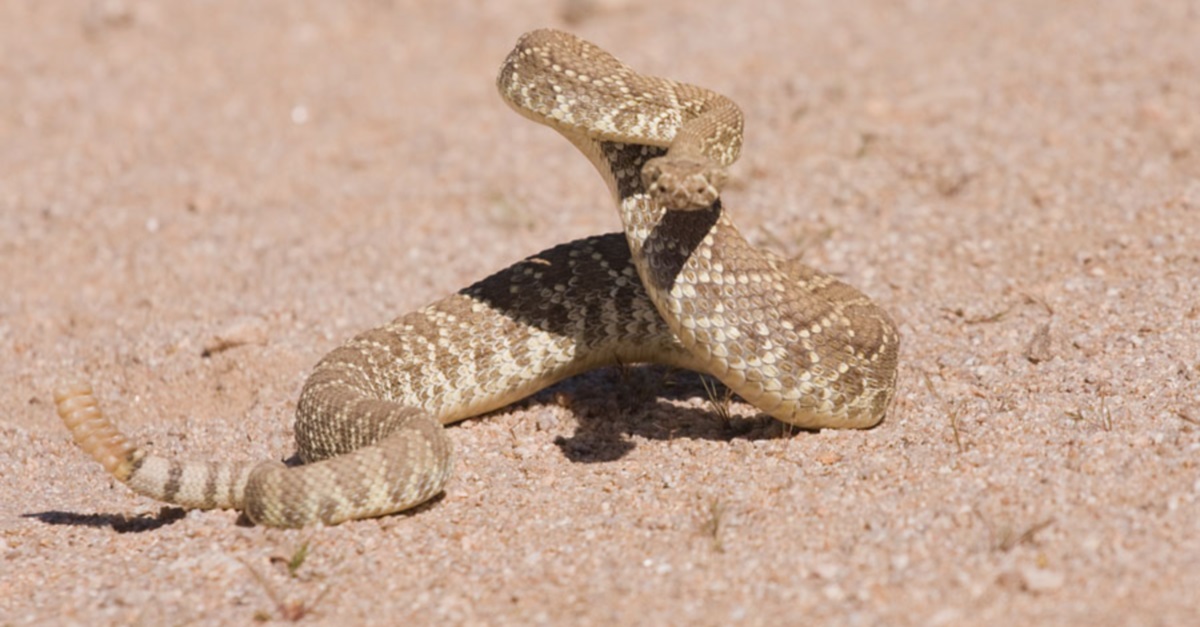
Rattlesnakes and other venomous snakes reside throughout the United States and are easy to overlook when you’re approaching a larger animal in search of a photo. Even seemingly harmless animals, such as prairie dogs, can carry serious diseases, such as rabies or (surprisingly) the bubonic plague. Keeping a safe distance from these critters is important for your own safety.
Carelessness Can Cause Habitat Destruction

Many wilderness areas forbid off-trail travel in certain places. This can be for many reasons, but is often to prevent soil erosion or protect delicate plants. Staying on the trail to photograph wildlife in the distance helps preserve the ecosystem.
Stressful Encounters

Although humans can get the worst of it when animal encounters turn violent, the encounters are often frightening or dangerous for the animals as well. Most animals see humans as a threat and want to keep their distance. Aggressive photographers may scare animals away from sleeping, nesting, or grazing areas.
Habituated Animals Are the Most Dangerous
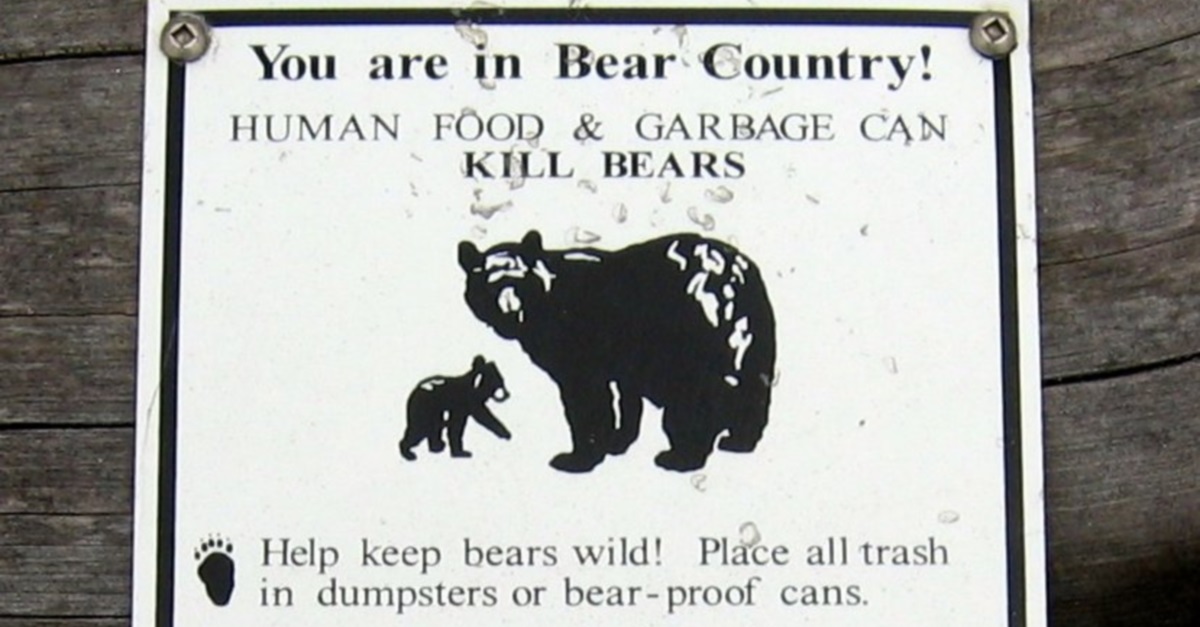
One of the biggest risks comes from animals that are used to humans. They are still wild and unpredictable, and some become aggressive if they are harassed or they expect food.
Protecting Animals — and Yourself
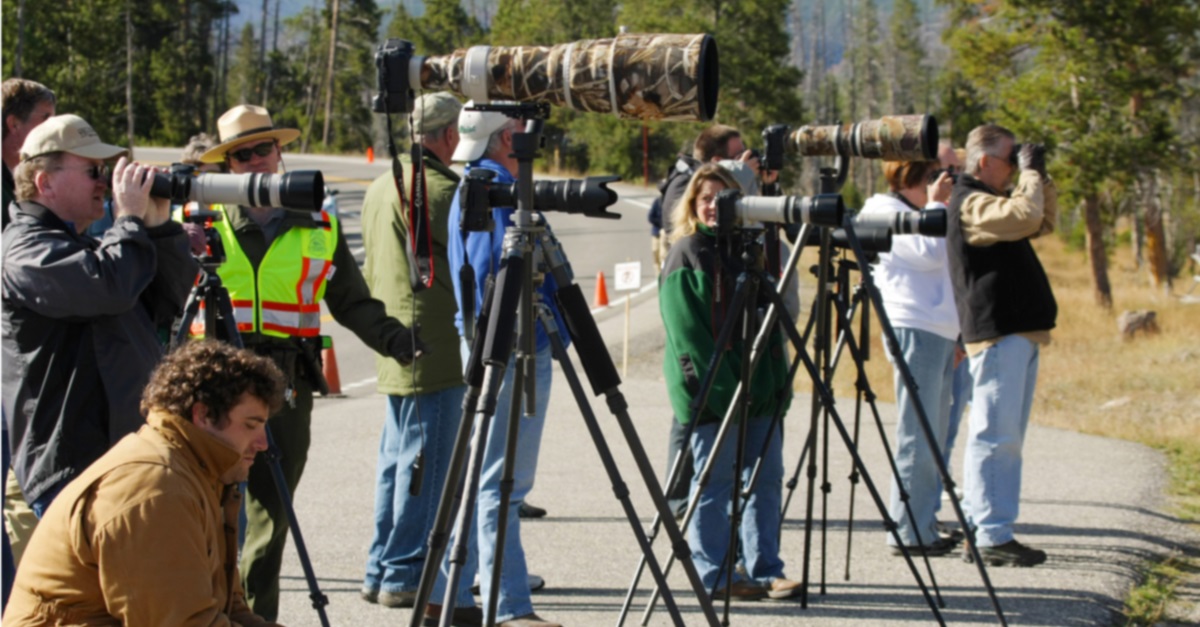
The main attraction of many animals is their wild nature, which can also make them dangerous. The best way to stay safe and protect wildlife is to view them from a distance. Use your zoom lens to take photos or study them with binoculars.